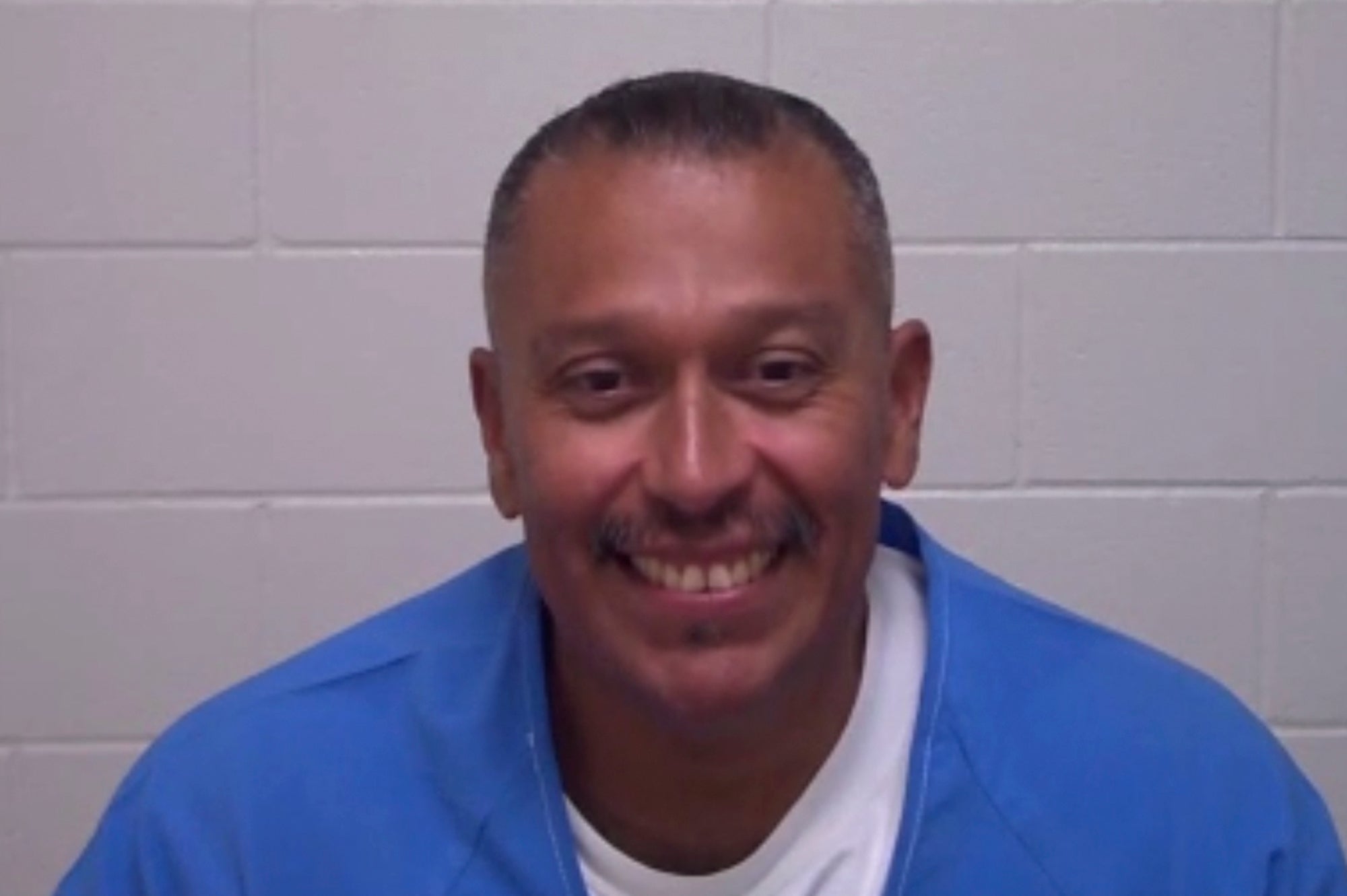California man who's spent 25 years in prison for murder he didn't commit has conviction overturned
A California man who has spent 25 years in prison for a murder he didn’t commit has been exonerated and ordered released by a judge after prosecutors agreed he had been wrongly convicted

Your support helps us to tell the story
From reproductive rights to climate change to Big Tech, The Independent is on the ground when the story is developing. Whether it's investigating the financials of Elon Musk's pro-Trump PAC or producing our latest documentary, 'The A Word', which shines a light on the American women fighting for reproductive rights, we know how important it is to parse out the facts from the messaging.
At such a critical moment in US history, we need reporters on the ground. Your donation allows us to keep sending journalists to speak to both sides of the story.
The Independent is trusted by Americans across the entire political spectrum. And unlike many other quality news outlets, we choose not to lock Americans out of our reporting and analysis with paywalls. We believe quality journalism should be available to everyone, paid for by those who can afford it.
Your support makes all the difference.A California man who has spent 25 years in prison for a murder he didn't commit was exonerated and ordered released by a judge on Thursday after prosecutors agreed he had been wrongly convicted.
Miguel Solorio, 44, was arrested in 1998 for a fatal drive-by shooting in Whittier, southeast of Los Angeles, and eventually sentenced to life without the possibility of parole.
Superior Court Judge William Ryan overturned Solorio's conviction during a Los Angeles court hearing that Solorio attended remotely.
When the hearing concluded, Solorio thanked his attorneys with the Northern California Innocence Project, calling them his “dream team.”
“It’s like a dream I don’t want to wake up from,” he said. “This day finally came.”
The attorneys who petitioned for Solorio's release argued that his conviction was based on faulty eyewitness identification practices.
In a letter last month, the Los Angeles District Attorney’s Office said it had “confidently and definitively” concluded that Solorio is entitled to be released.
His attorneys said the case against Solorio relied heavily on a now-debunked method of identifying a suspect that results in contaminating the witnesses’ memory by repeatedly showing photos of the same person over and over.
In Solorio’s case, before it was in the news four eyewitnesses shown his photo did not identify him as the suspect, and some even pointed to a different person. But rather than pursue other leads, law enforcement continued to present the witnesses with photos of Solorio until some of them eventually identified him, his lawyers said.
“This case is a tragic example of what happens when law enforcement officials develop tunnel vision in their pursuit of a suspect,” said Sarah Pace, an attorney with the Northern California Innocence Project at Santa Clara University School of Law. “Once a witness mentioned Solorio’s name, law enforcement officers zeroed in on only him, disregarding other evidence and possible suspects, and putting their own judgment about guilt or innocence above the facts."
The district attorney's letter noted that “new documentable scientific consensus emerged in 2020 that a witness’s memory for a suspect should be tested only once, as even the test itself contaminates the witness’s memory.”
The state Department of Corrections and Rehabilitation has up to five days to process Solorio's release from Mule Creek State Prison southeast of Sacramento.